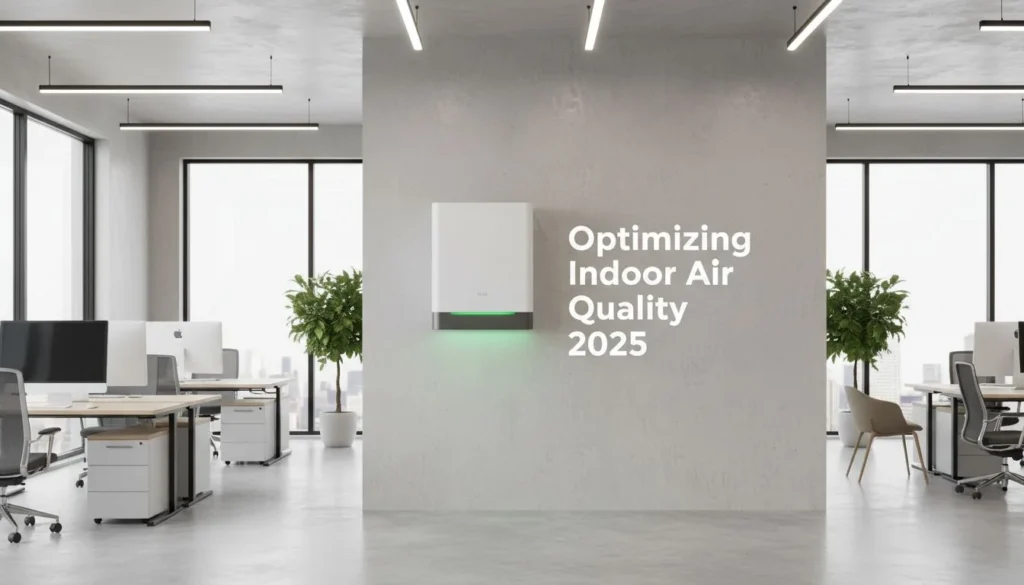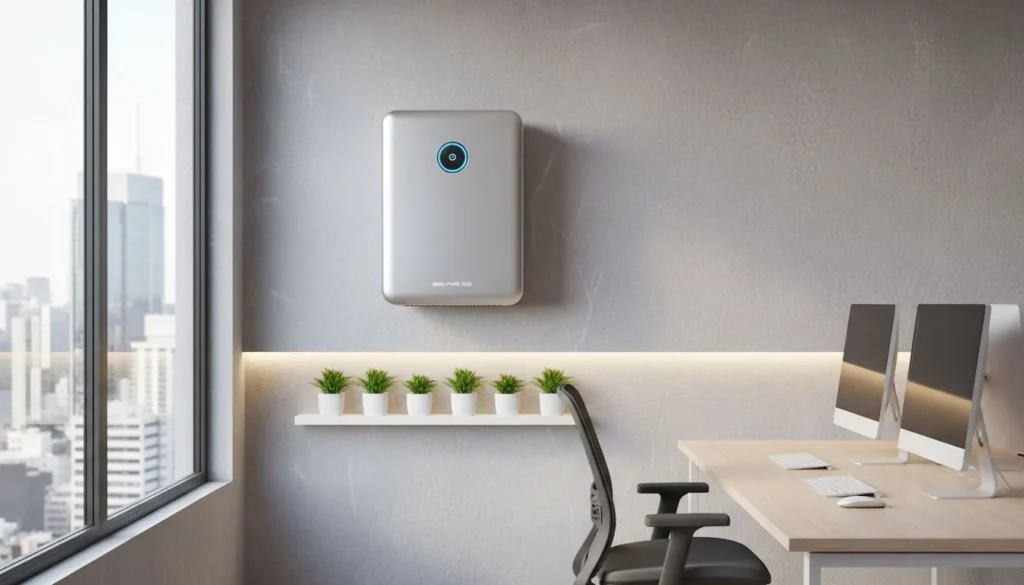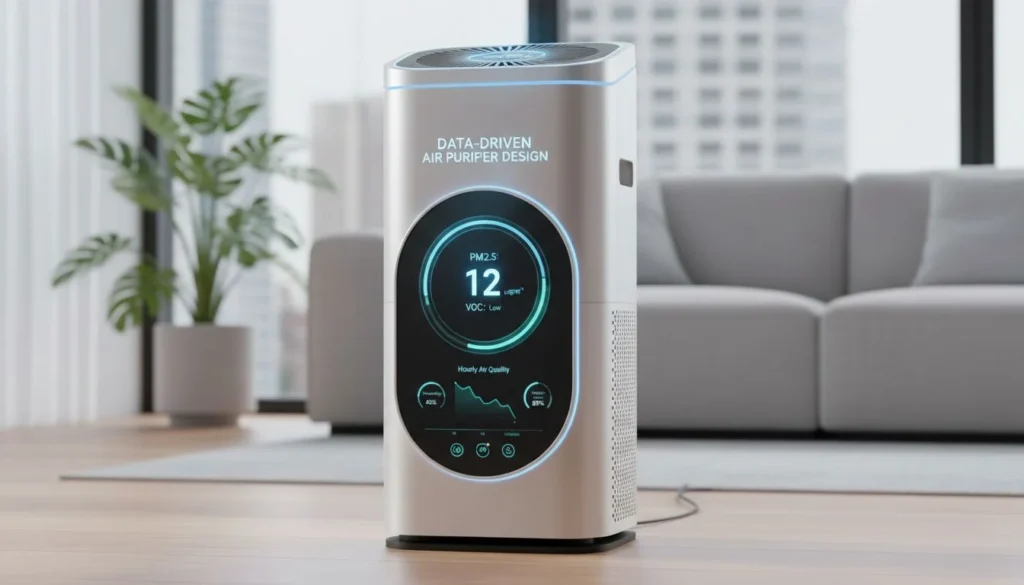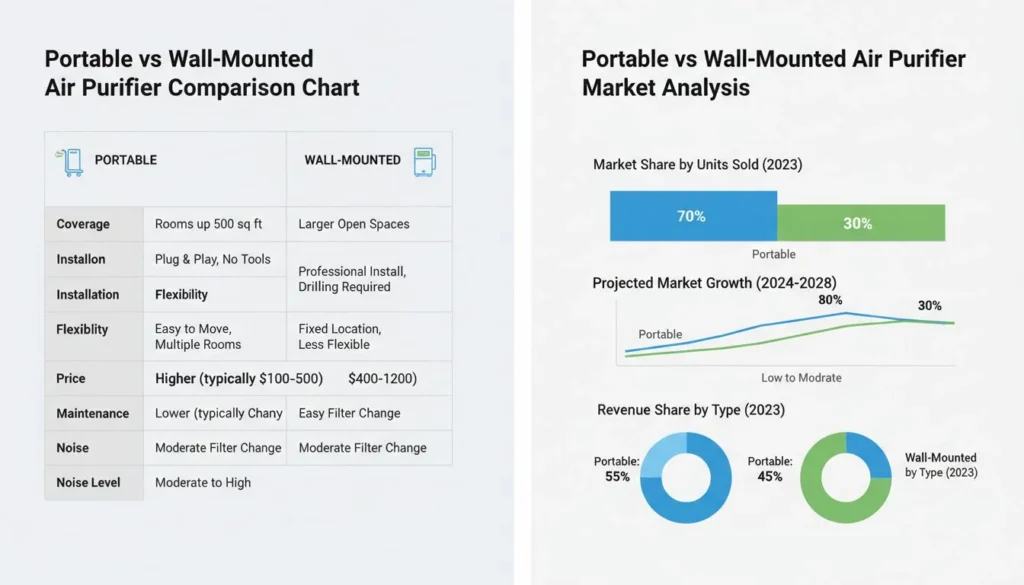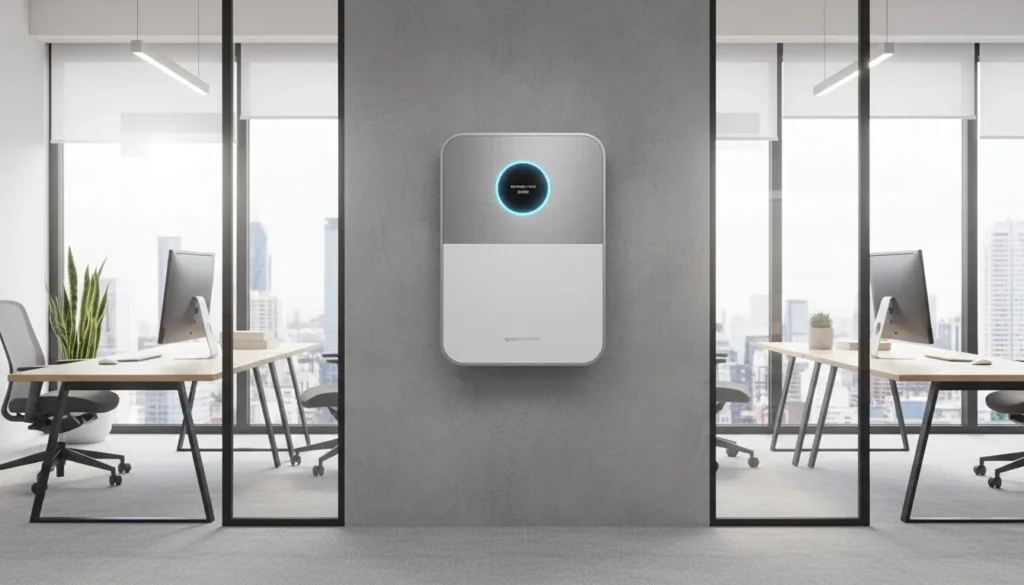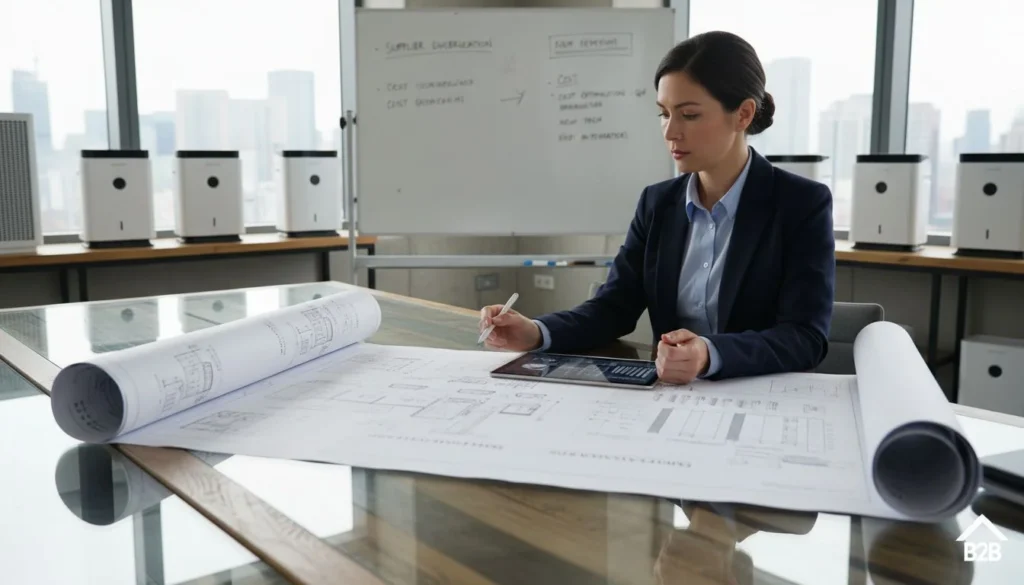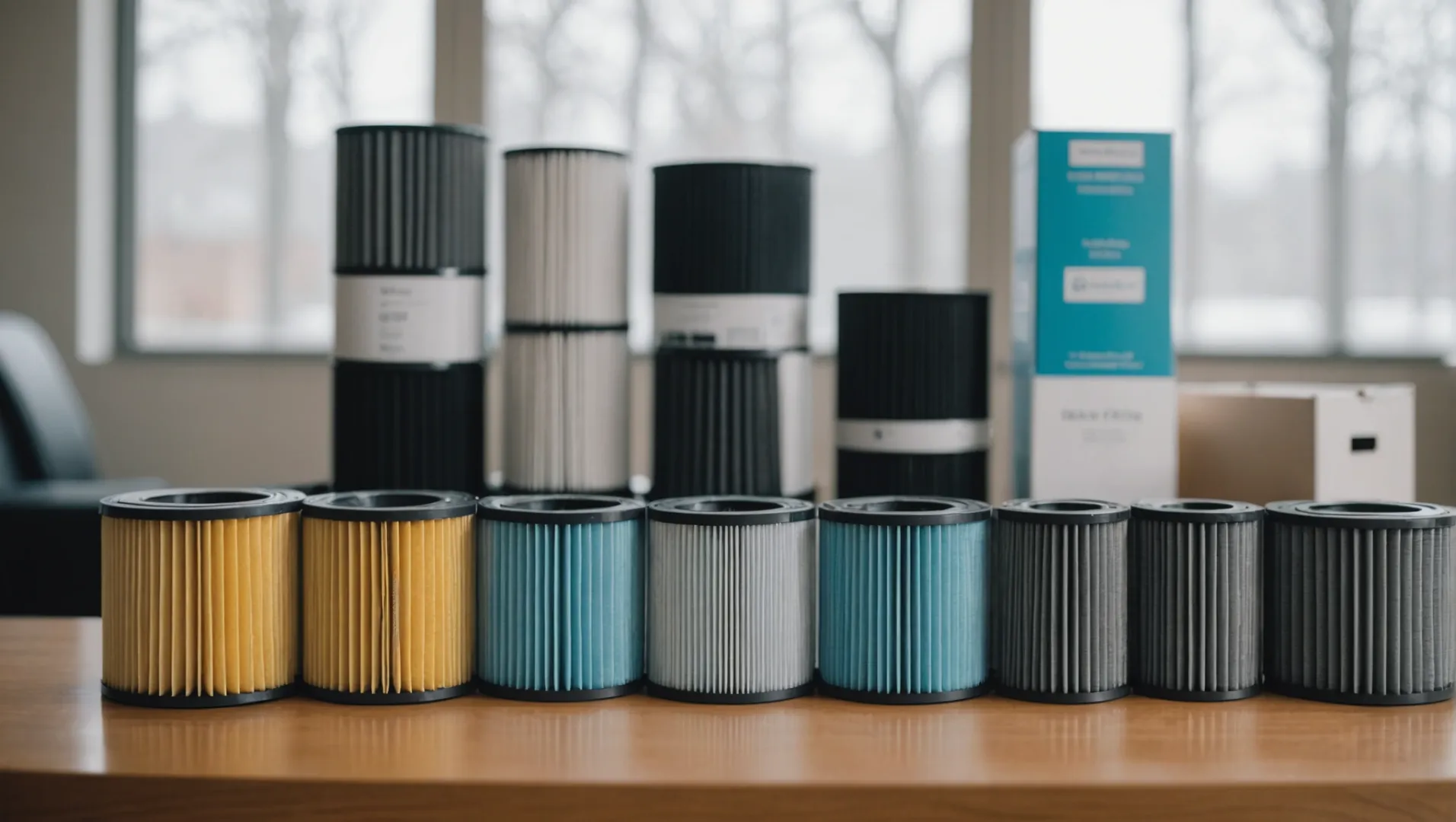
Naviguer dans le monde des filtres à air peut être décourageant, mais ce n'est pas une fatalité !
Le choix du média filtrant approprié dépend des polluants spécifiques que vous devez cibler et des scénarios que vous abordez. Comprendre MERV et les types de filtres tels que HEPA ou charbon actif permettent de prendre des décisions éclairées pour une purification efficace de l'air.
Si les principes de base des filtres à air sont essentiels, un examen plus approfondi de scénarios spécifiques tels que le contrôle des odeurs d'animaux domestiques ou la gestion des risques de moisissures permet de trouver des solutions sur mesure. Poursuivez votre lecture pour découvrir des conseils pratiques et des avis d'experts pour choisir les meilleurs filtres en fonction de vos besoins.
Les filtres HEPA capturent au moins 99,97% de particules aussi petites que 0,3 micron.Vrai
Les filtres HEPA sont très efficaces et capturent la plupart des particules fines, améliorant ainsi la qualité de l'air.
Qu'est-ce que MERV Les notations et leur importance
Comprendre l'importance de la MERV L'évaluation est essentielle pour sélectionner les bons filtres à air pour votre maison ou votre bureau.
MERV allant de 1 à 20, mesurent la capacité d'un filtre à air à capturer les particules. Plus la cote est élevée, plus le filtre est efficace. MERV indiquent une filtration plus fine, qui retient efficacement les petites particules comme la poussière, le pollen et même les bactéries, améliorant ainsi considérablement la qualité de l'air intérieur.
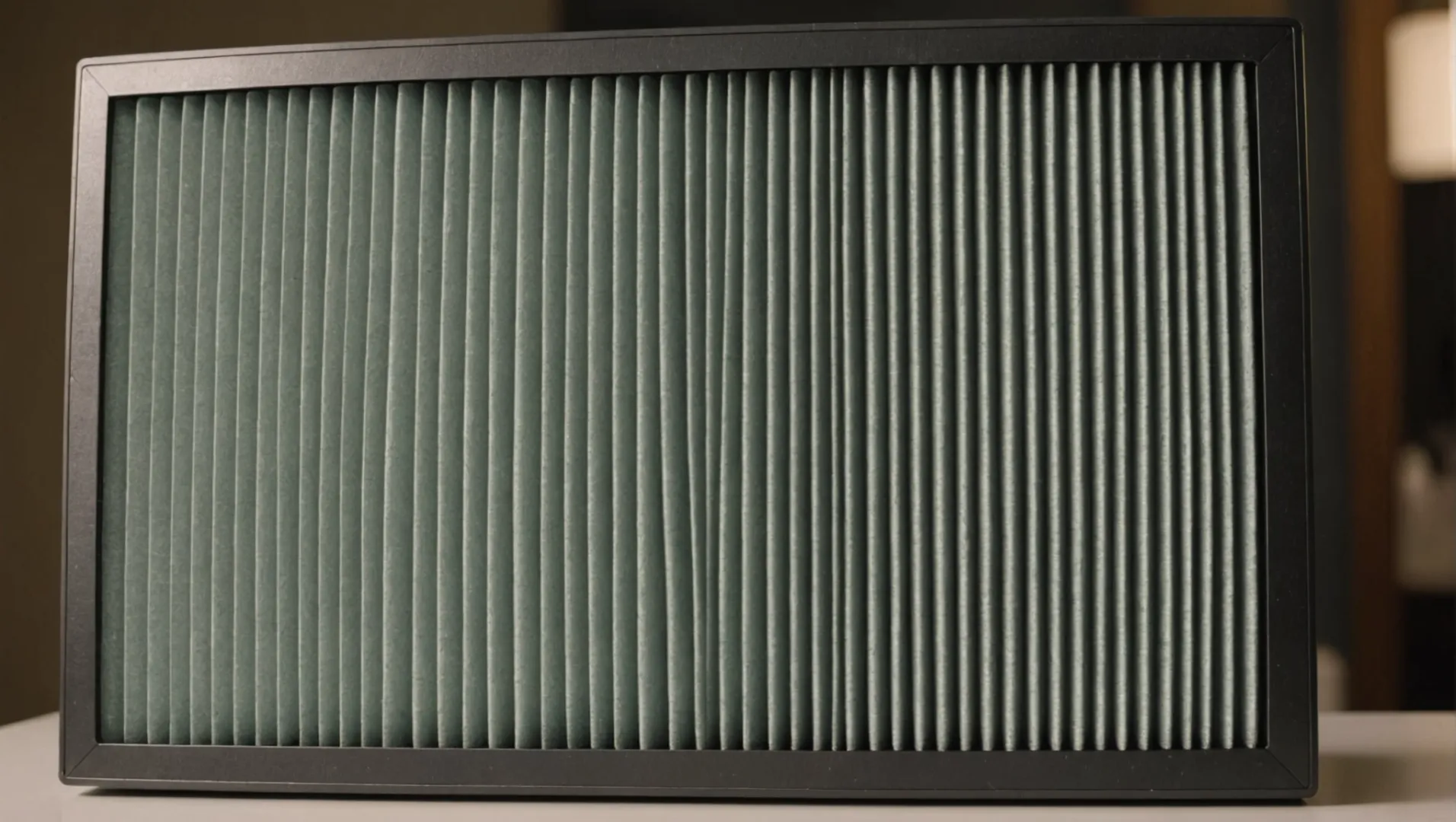
Comprendre MERV Notations
MERV est l'abréviation de "Minimum Efficiency Reporting Value" (valeur minimale d'efficacité rapportée). Il s'agit d'une norme qui évalue l'efficacité globale des filtres à air. L'échelle va de 1 à 20, les chiffres les plus élevés indiquant une plus grande capacité à capturer les petites particules. Par exemple, un filtre ayant une MERV note1 Un filtre dont l'indice de filtration est de 1 est capable de piéger des particules plus grosses comme les fibres de moquette, tandis qu'un filtre dont l'indice de filtration est de 13 peut capturer des particules aussi petites que 0,3 micron, telles que la poussière, le pollen et certaines bactéries.
Comment MERV Les notations ont un impact sur la qualité de l'air
L'utilisation d'un filtre avec un MERV peut améliorer de manière significative la qualité de l'air intérieur. Les filtres à indice élevé sont indispensables dans les environnements où la pureté de l'air est essentielle, comme les hôpitaux ou les maisons où vivent des personnes souffrant d'allergies. Toutefois, il est important de trouver un équilibre entre l'efficacité de la filtration et le débit d'air ; un filtre trop restrictif peut entraver le débit d'air et réduire l'efficacité du système CVC.
Tableau : MERV Caractéristiques et types de particules
| MERV Evaluation | Captures |
|---|---|
| 1-4 | Pollen, acariens |
| 5-8 | Spores de moisissures, laque pour cheveux |
| 9-12 | Légionelles, poussières de plomb |
| 13-16 | Bactéries, particules de fumée |
| 17-20 | Virus, poussière de carbone |
Applications pratiques de la MERV Notations
Lorsque vous choisissez un filtre à air, tenez compte des besoins spécifiques de votre environnement. Par exemple :
- Maisons avec animaux de compagnie peuvent bénéficier de filtres avec un MERV note2 d'au moins 5 pour capturer les squames d'animaux.
- Familles avec de jeunes enfants devraient opter pour des filtres de classe 13 ou supérieure afin d'éliminer efficacement les bactéries et les allergènes.
- Zones sujettes à la fumée des incendies de forêt peut nécessiter des filtres avec un MERV de 14 ou plus pour piéger les particules de fumée et améliorer la qualité de l'air.
Comprendre ces aspects permet d'adapter votre choix à des besoins spécifiques, en garantissant à la fois la sécurité et le confort.
Les indices MERV vont de 1 à 20.Vrai
Les indices MERV mesurent l'efficacité des filtres à air sur une échelle de 1 à 20.
Des indices MERV plus élevés réduisent l'efficacité des systèmes de chauffage, de ventilation et de climatisation.Vrai
Les filtres avec un MERV élevé peuvent restreindre le flux d'air, ce qui affecte les systèmes CVC.
Comment les différents types de filtres à air agissent-ils contre des polluants spécifiques ?
Découvrez comment les différents types de filtres à air s'attaquent à des polluants spécifiques pour garantir un air intérieur plus propre et plus sain.
Les différents types de filtres à air sont conçus pour lutter contre des polluants spécifiques. Les filtres HEPA excellent à piéger les particules fines comme la poussière et les allergènes, tandis que les filtres à charbon actif sont idéaux pour éliminer les odeurs et les composés organiques volatils (COV). Pour choisir le bon filtre, il faut comprendre ces fonctions et les adapter aux polluants que l'on souhaite éliminer.

Comprendre les principes de base des filtres à air
Les filtres à air sont essentiels pour maintenir la qualité de l'air intérieur en éliminant les contaminants de l'air. Ils varient considérablement en termes de conception, de matériaux et de polluants ciblés. Nous allons voir ici comment les différents types de filtres à air fonctionnent pour s'attaquer efficacement à des polluants intérieurs spécifiques.
Filtres HEPA : Capture des particules fines
Les filtres à particules à haute efficacité (HEPA) sont connus pour leur capacité à piéger au moins 99,97% de particules aussi petites que 0,3 micron. Ils sont particulièrement efficaces contre poussière3Les filtres HEPA sont capables d'absorber l'humidité, le pollen, les spores de moisissures et les squames d'animaux domestiques. Les filtres HEPA constituent donc un excellent choix pour les foyers où vivent des personnes allergiques ou pour ceux qui cherchent à améliorer la qualité générale de l'air.
Filtres à charbon actif : Absorption des odeurs et des produits chimiques
Les filtres à charbon actif sont composés d'un matériau de carbone traité pour être très poreux. Cette conception leur permet d'absorber les gaz et les odeurs, y compris les COV émis par les produits ménagers tels que les peintures et les produits de nettoyage. Ces filtres sont parfaits pour les environnements où le contrôle des odeurs est crucial, comme les maisons avec des animaux domestiques ou des fumeurs.
Filtres antibactériens : Cibler la croissance microbienne
Pour ceux qui s'inquiètent de la croissance microbienne, comme les moisissures ou les bactéries, les filtres antibactériens offrent une solution spécialisée. Ces filtres intègrent souvent des matériaux traités avec des agents antimicrobiens qui neutralisent les micro-organismes nocifs, réduisant ainsi le risque de problèmes de santé liés aux moisissures.
Filtres ultraviolets (UV) : Neutraliser les germes
Les filtres UV utilisent la lumière ultraviolette pour tuer ou inactiver les micro-organismes tels que les bactéries et les virus. Bien qu'ils ne soient pas efficaces pour l'élimination des particules, ils constituent un système supplémentaire pour améliorer la purification de l'air dans les environnements où l'exposition aux germes est préoccupante, comme les hôpitaux ou les ménages pendant la saison de la grippe.
Combinaison de filtres pour une efficacité maximale
De nombreux purificateurs d'air modernes combinent différents types de filtres pour traiter une gamme plus large de polluants. Par exemple, un appareil peut être équipé à la fois de filtres HEPA et de filtres à charbon actif, offrant ainsi une protection complète contre les particules et les odeurs. Lorsque vous choisissez un purificateur d'air, pensez aux modèles qui permettent une telle personnalisation pour répondre à vos besoins spécifiques.
En comprenant les rôles distincts que joue chaque type de filtre dans la purification de l'air, vous pouvez prendre des décisions éclairées sur les options qui conviennent le mieux à vos défis environnementaux.
Les filtres HEPA capturent 99,97% de particules aussi petites que 0,3 micron.Vrai
Les filtres HEPA sont conçus pour piéger les particules fines, garantissant ainsi une qualité d'air élevée.
Les filtres à charbon actif sont inefficaces contre les COV.Faux
Les filtres à charbon actif absorbent efficacement les COV, réduisant ainsi les odeurs et les produits chimiques.
Quels sont les meilleurs filtres pour les propriétaires d'animaux domestiques préoccupés par les odeurs ?
Les odeurs d'animaux domestiques peuvent être persistantes et difficiles à gérer. Le choix du bon filtre à air peut faire une différence significative dans le maintien d'un environnement domestique frais.
Pour les propriétaires d'animaux, les filtres combinant charbon actif et HEPA 13 sont les plus efficaces. Le charbon actif retient les molécules odorantes, tandis que le filtre HEPA 13 capture les squames d'animaux et les bactéries en suspension dans l'air, garantissant ainsi une maison plus propre et sans odeurs.

Le rôle du charbon actif dans le contrôle des odeurs
Les filtres à charbon actif sont très efficaces pour contrôler les odeurs d'animaux domestiques. Ils piègent les molécules responsables des odeurs sur leur grande surface, ce qui permet de neutraliser efficacement les odeurs des animaux domestiques. Ils sont particulièrement utiles pour les ménages ayant plusieurs animaux de compagnie ou pour ceux qui ont des animaux très odorants.
HEPA 13 : un must pour les propriétaires d'animaux domestiques
Les filtres HEPA 13 sont réputés pour leur capacité à capturer de minuscules particules, y compris les squames d'animaux et les bactéries. Ce niveau de filtration est essentiel pour les propriétaires d'animaux de compagnie qui veulent s'assurer que les odeurs et les allergènes sont gérés efficacement. L'association du filtre HEPA 13 et du charbon actif crée un duo puissant contre les polluants liés aux animaux de compagnie.
Comprendre les limites des filtres de base
Si les filtres de base peuvent éliminer les grosses particules, ils sont souvent insuffisants pour gérer les odeurs et les allergènes plus petits. Les propriétaires d'animaux domestiques doivent rechercher des filtres qui mentionnent spécifiquement des capacités de contrôle des odeurs, tels que ceux dotés de la technologie technologie du charbon actif4.
Importance de choisir le bon fournisseur de purificateurs d'air
Il est essentiel de choisir un fournisseur de purificateurs d'air spécialisé dans les produits de haute performance. Un débit d'air élevé et un faible niveau de bruit renforcent l'efficacité des filtres HEPA et garantissent une purification complète. Lorsque vous choisissez un fournisseur, tenez compte de son expertise dans l'offre de diverses options de filtres et de sa capacité à maintenir un CADR (Clean Air Delivery Rate) élevé.
Facteurs à prendre en compte lors de l'achat de filtres
| Fonctionnalité | Importance |
|---|---|
| Carbone activé | Indispensable pour neutraliser les odeurs d'animaux domestiques. |
| HEPA 13 | Capture efficacement les squames et les bactéries des animaux de compagnie. |
| Niveau de bruit | Le faible niveau sonore assure le confort des espaces de vie. |
| Débit d'air | Un débit d'air élevé est nécessaire pour un filtrage efficace. |
Conseils pratiques pour conserver une maison fraîche
L'entretien régulier de votre purificateur d'air, comme le remplacement et le nettoyage des filtres en temps voulu, maximise son efficacité. Il est également utile d'assurer une bonne ventilation et de nettoyer régulièrement les zones occupées par les animaux domestiques pour compléter l'utilisation des filtres à air.
Les filtres à charbon actif neutralisent efficacement les odeurs d'animaux domestiques.Vrai
Le charbon actif retient les molécules odorantes et neutralise les odeurs d'animaux domestiques.
Les filtres de base sont suffisants pour gérer les odeurs d'animaux domestiques.Faux
Les filtres de base n'ont pas les mêmes capacités de contrôle des odeurs que les filtres avancés.
Comment les parents peuvent-ils garantir une bonne qualité de l'air pour les bébés à la maison ?
La création d'un environnement sûr est essentielle pour la santé de votre bébé, et la qualité de l'air est un facteur important. Mais comment les parents peuvent-ils s'assurer que l'air respiré par leur bébé est propre et sûr ?
Pour garantir la qualité de l'air pour les bébés à la maison, les parents devraient utiliser des purificateurs d'air équipés de filtres HEPA 13 ou 14 pour éliminer efficacement les particules PM2,5. En outre, une bonne ventilation, l'absence de tabagisme à l'intérieur et le nettoyage régulier des surfaces peuvent contribuer à maintenir un environnement intérieur sain.
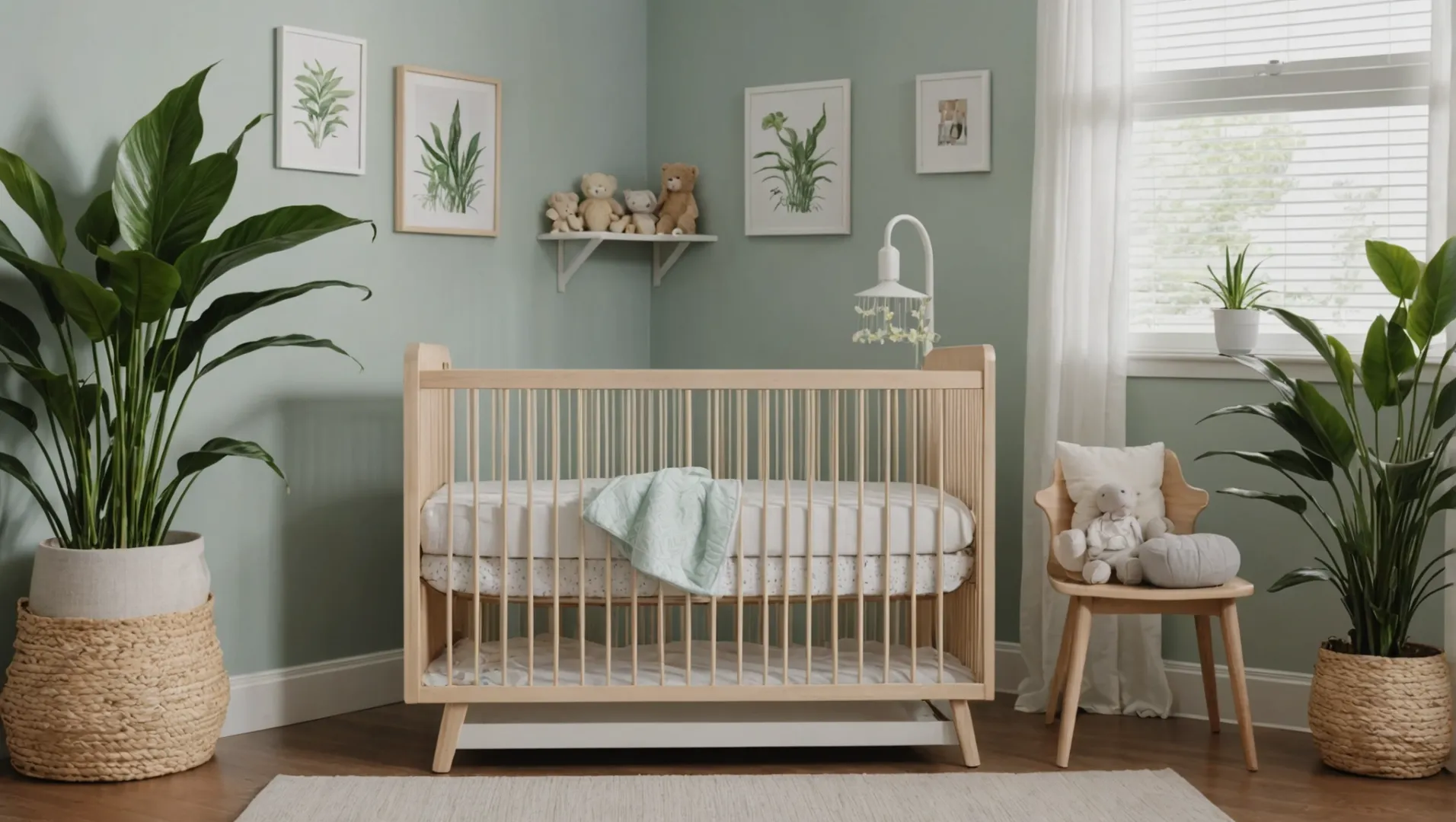
Comprendre les polluants atmosphériques et leurs effets sur les bébés
Les bébés sont particulièrement vulnérables aux polluants atmosphériques car leur système respiratoire est encore en développement. Les polluants intérieurs courants comprennent les acariens, les spores de moisissure, les squames d'animaux et les particules PM2,5, qui peuvent exacerber les problèmes respiratoires tels que l'asthme ou les allergies. En comprenant ces polluants, les parents peuvent prendre des mesures ciblées pour réduire leur impact.
Le rôle des filtres HEPA dans la purification de l'air
Les filtres HEPA (High-Efficiency Particulate Air) sont réputés pour leur capacité à piéger de minuscules particules. Pour les parents préoccupés par les PM2,5, les filtres HEPA 13 ou même HEPA 14 sont recommandés, car ils peuvent capturer jusqu'à 99,97% de particules en suspension dans l'air aussi petites que 0,3 micron. Ils sont donc très efficaces pour réduire la présence de polluants nocifs dans la maison.
Mesures supplémentaires pour garantir la sécurité de l'air
Tandis que Filtres HEPA5 jouent un rôle important, elles s'inscrivent dans une stratégie plus large visant à garantir la pureté de l'air :
- Maintenir une bonne ventilation : Veillez à ce que votre maison soit bien ventilée en ouvrant les fenêtres lorsque la qualité de l'air extérieur le permet.
- Nettoyage régulier : Dépoussiérez les surfaces et passez l'aspirateur à l'aide d'un appareil équipé d'un filtre HEPA afin de minimiser l'accumulation de poussière.
- Évitez de fumer à l'intérieur : La fumée contient de nombreux produits chimiques nocifs qui peuvent persister dans l'air longtemps après avoir cessé de fumer.
- Plantes d'intérieur : Certaines plantes, comme les plantes-araignées et les lys de paix, peuvent améliorer naturellement la qualité de l'air intérieur en absorbant les polluants.
Choisir le bon purificateur d'air
Lorsque vous choisissez un purificateur d'air, tenez compte de facteurs tels que la taille de la pièce et le niveau de bruit. Un appareil doté d'un CADR (Clean Air Delivery Rate) élevé garantit une purification efficace de l'air sans bruit excessif, ce qui est essentiel pour maintenir un environnement paisible pour votre bébé. Consulter les avis et les comparaisons des meilleurs modèles peut s'avérer utile pour faire un choix.
Suivi et adaptation en fonction des besoins
Enfin, utilisez des appareils de surveillance de la qualité de l'air intérieur pour contrôler les niveaux de polluants. Cela permet aux parents d'ajuster leurs stratégies en fonction des besoins et de s'assurer que les mesures qu'ils prennent permettent effectivement de maintenir un environnement respiratoire sûr pour leur enfant. L'examen régulier des dernières recherches et des conseils d'experts peut également fournir de nouvelles informations sur l'amélioration de la qualité de l'air intérieur.
Les filtres HEPA 13 capturent 99,97% de particules.Vrai
Les filtres HEPA 13 sont conçus pour piéger des particules aussi petites que 0,3 micron.
Le tabagisme à l'intérieur n'affecte pas la qualité de l'air pour les bébés.Faux
Le tabagisme d'intérieur libère des substances chimiques nocives qui persistent et affectent la qualité de l'air.
Conclusion
Choisir le bon média filtrant pour l'air signifie comprendre vos besoins spécifiques. Munissez-vous de connaissances et faites des choix éclairés pour améliorer dès aujourd'hui la qualité de votre air intérieur.
-
Découvrez comment les indices MERV définissent l'efficacité des filtres.. : Les valeurs minimales d'efficacité, ou MERV, indiquent la capacité d'un filtre à capturer les plus grosses particules entre 0,3 et 10 microns (μm). ↩
-
Découvrez les indices MERV optimaux pour capturer les squames d'animaux domestiques : Toutefois, pour les propriétaires d'animaux domestiques, il est recommandé de choisir un filtre avec un indice MERV plus élevé, tel que 13, car il peut capturer des particules plus petites telles que les squames d'animaux ... ↩
-
Découvrez l'efficacité du filtre HEPA à piéger la poussière et les allergènes : Ce type de filtre à air peut théoriquement éliminer au moins 99,97% de poussière, de pollen, de moisissure, de bactéries et de toutes les particules en suspension dans l'air d'une taille de 0,3 ... ↩
-
Découvrez comment le charbon actif neutralise efficacement les odeurs.. : Aide à éliminer la fumée et les émanations chimiques : Les purificateurs d'air équipés de filtres à charbon actif sont excellents pour éliminer la fumée et les émanations chimiques, ... ↩
-
Découvrez comment les filtres HEPA purifient efficacement l'air pour les nourrissons.. : La plupart des purificateurs d'air sont parfaitement sûrs pour votre bébé, à condition de prendre quelques précautions. Les purificateurs d'air filtrants éliminent la pollution de l'air. ↩


